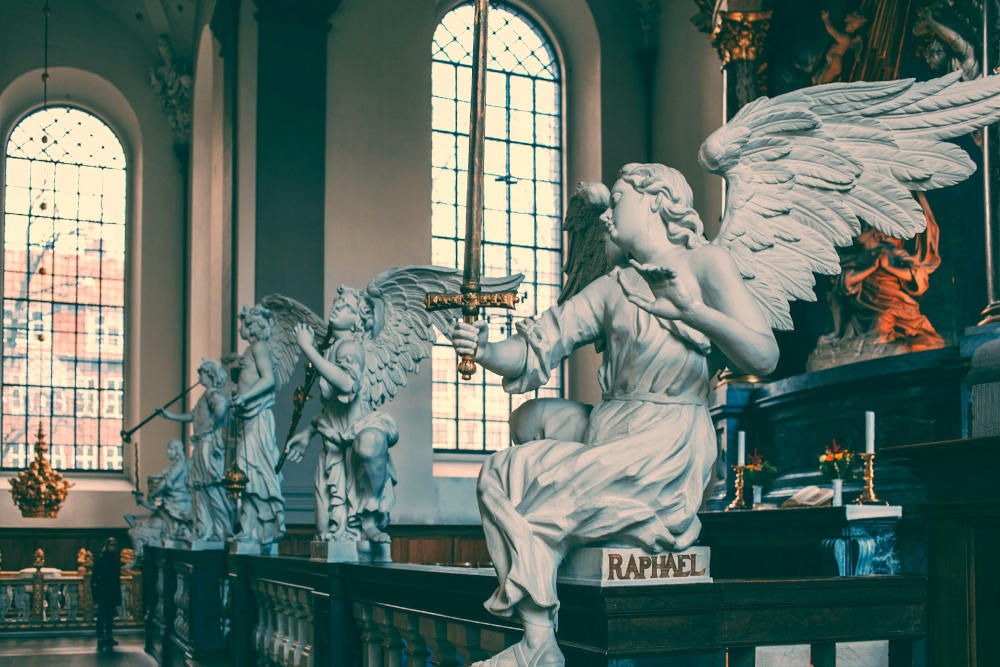
Janitorial services began in the early 1800s and remain a vital part of our world. Janitors are essential for keeping workplaces, schools, and many other places clean, organized and well-maintained, yet they are often overlooked.
Most janitors wear a uniform to help keep themselves clean and protected. Historically, janitors often wore a uniform, but safety gear and clothing did not come until later, well into the late 1900s and early 2000s.
Below we will look at the evolution of the janitor from the first ones during the Industrial Revolution, all the way to those in present days. We will examine what they wear and the reasoning behind it and have further insight into their profession and the challenges they still face.
Panaprium is independent and reader supported. If you buy something through our link, we may earn a commission. If you can, please support us on a monthly basis. It takes less than a minute to set up, and you will be making a big impact every single month. Thank you!
History of Janitors

According to Justice for Janitors, janitorial services first emerged during the Industrial Revolution when assigned gender roles emerged where the men would go to work and the women would stay at home cooking, cleaning, and caring for the children.
Many families felt overwhelmed by their responsibilities and began looking for outsiders to come into their houses to help clean, cook, and tend to the children. The first janitors were primarily minority groups such as Irish immigrants, Indigenous children, and former African American slaves.
Unfortunately, many of these workers were not well paid, worked long hours, and were the target of abuse.
From the 1800s on there were many protests and movements to improve the life of these workers with varying results. It wasn’t until 1974 when the Fair Labor Standards Act was passed in the United States which ensured domestic workers receive minimum wage and a maximum of 40 hours per week.
Janitors Today

Although working conditions and safety standards have greatly increased since the 1800s, janitors still face challenges including low wages and recognition.
Professor of History Ryan Murphey states:
“What’s unfortunately stayed the same is that domestic and janitorial work is still largely invisible and low wage. And it’s still a profession that’s performed largely by poor women, people of color, and immigrants.”
What Type of Clothes Do Janitors Wear?

Social History Society explains that, historically, janitors and domestic workers would wear clothes from their period or a uniform in the style of their time. Uniforms would consist of a simple apron and white hat worn over a black dress in the early 1900s to full overalls and a bib apron in the 1950s.
In the present day, clothing continues to range. Many housekeepers wear regular clothes or athleisure to clean houses, while janitors in office buildings or industrial sites wear more protective clothing or a full uniform.
Hard Hat

Janitors who work at industrial locations, including at construction sites or in facilities under construction wear hard hats to protect themselves from any falling debris. Depending on the location, hard hats may be required for anyone entering the area, including janitorial staff.
See what other professions require a hard hat.
Safety Goggles

Safety goggles are worn by janitors at industrial and construction sites, office buildings, schools, and homes. Safety goggles help protect their eyes from splashes, fumes, or foreign objects. This is especially important for working with industrial-strength cleaning supplies or in condemned places.
Choose an affordable brand of glasses.
Dust Mask

Dust masks help filter out harmful chemicals and particles as well as dust, helping to safeguard the janitor’s respirator's health. They work great for house cleaners, as well as for janitors working with biohazard products or in areas with poor breathing quality.
Gloves

Janitors often wear gloves from simple rubber gloves to sturdier working gloves. Gloves provide hand protection from chemicals, trash, and even infectious material. They help prevent cuts, burns, and exposure, as well as promote cleanliness and better hygiene for the worker.
Discover these gloves made from recycled material.
Work Shoes

Work shoes are a key component of any janitor's outfits. Proper work shoes are waterproof and anti-slip to help prevent contact with dangerous substances, and to help avoid accidents from slipping on wet or uneven floors. Work shoes range from steel-toe boots to a pair of waterproof sneakers.
Try on a pair of affordable vegan work shoes.
Coveralls

Coveralls are a common outfit worn by janitors as they are both practical and comfortable. Coveralls help shield the body from harmful substances. They are also more durable and protect the clothes underneath from dirt and stains.
Discover why electricians also wear coveralls.
High Visibility Vest

Since janitors work in many places, including construction sites, busy places, and areas with poor lighting, a high visibility vest is essential for their safety. Hence, they are visible to others working in or outside the building.
Hearing Protection

Prolonged exposure to loud noises can lead to hearing damage. Since many janitors work in busy, bustling locations, proper hearing protection is an essential safety device. Hearing protection can range from noise-canceling headphones to a simple pair of earplugs.
Check out more safety gear other professionals wear.
Apron

An apron was worn by some of the first janitors and continues to be an essential part of their uniform. An apron helps protect the clothes underneath from dirt and getting wet. It also provides many pockets for janitors to store their tools and cleaning utensils.
Find out what other professions wear aprons.
Custom Uniform

Depending on the location or company, janitors may be requested to wear a uniform. Common uniforms include durable work pants, and a collared work shirt or long sleeve work shirt, often displaying the company’s logo.
A janitorial uniform is generally made from material that is durable, dirt-resistant, and even flame-resistant. They don’t wrinkle as easily, stain as easily, and can last through many washes.
Learn what uniform waiters wear.
Cap

Many janitors wear a hat or cap as part of their work attire. A cap helps protect their head from any gunk or chemicals, as well as protect their eyes from harsh overhead lighting. If the cap is part of their uniform, it often displays the company they work for.
Discover more types of hats here.
Was this article helpful to you? Please tell us what you liked or didn't like in the comments below.
About the Author: Shelby Bonner
What We're Up Against
Multinational corporations overproducing cheap products in the poorest countries.
Huge factories with sweatshop-like conditions underpaying workers.
Media conglomerates promoting unethical, unsustainable products.
Bad actors encouraging overconsumption through oblivious behavior.
- - - -
Thankfully, we've got our supporters, including you.
Panaprium is funded by readers like you who want to join us in our mission to make the world entirely sustainable.
If you can, please support us on a monthly basis. It takes less than a minute to set up, and you will be making a big impact every single month. Thank you.































0 comments